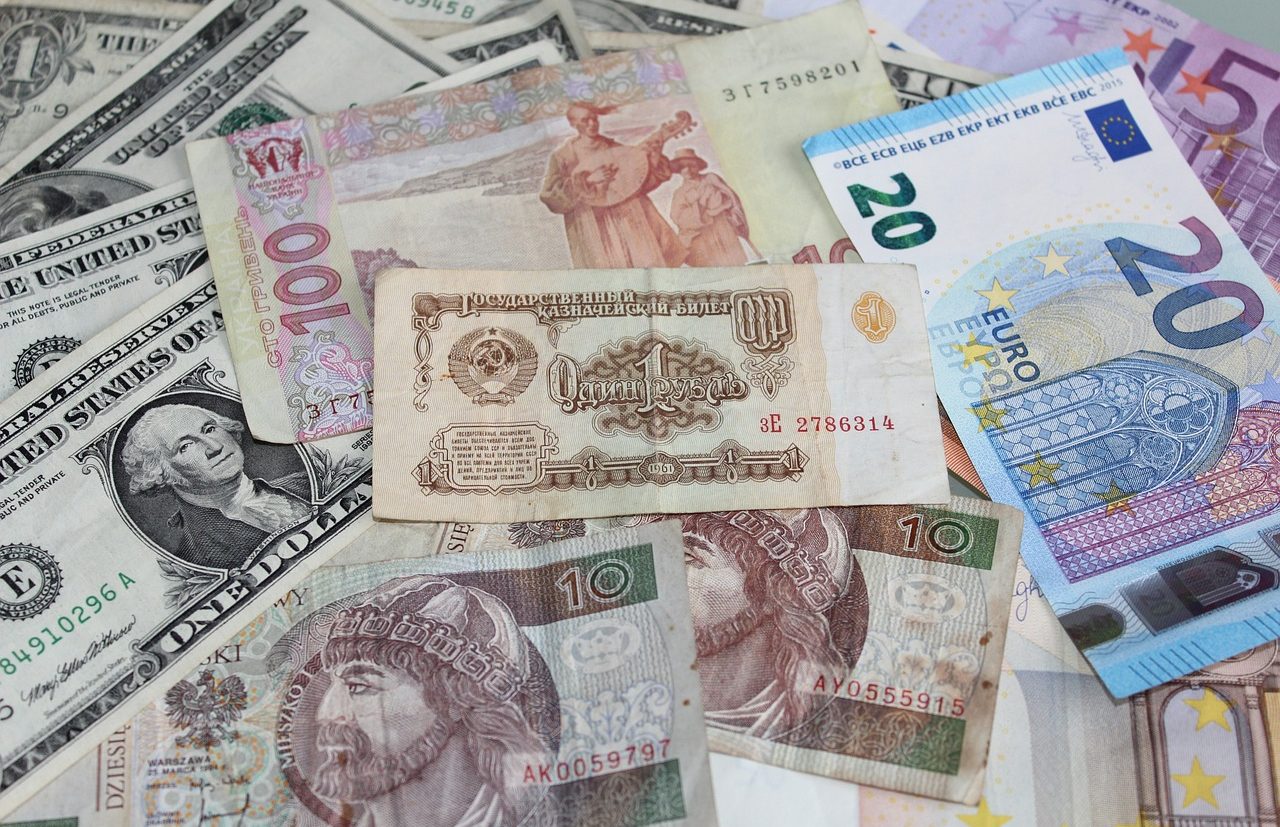
Paper money is usually called a bill.
Ticket is a term that has several uses depending on the context. The most common meaning is linked to paper money : that is, to the document printed by the authorities that is used as a legal means of payment .
For example: "To buy this car you will need a lot of bills," "Yesterday they gave me a fake ten-peso bill," "I don't have a single bill: I don't know how I'll buy food."
History of the banknote
This concept, in this sense, is the banknote . This is fiduciary money (based on trust) issued by the monetary authority of a country. These banknotes were created to replace or complement metallic coins, which are difficult to transport and store in large quantities.
The first banknotes were created in the 7th century in China . Only in the 17th century were they adopted on the European continent, and in the following century they spread throughout the world .
In the same way that happened and continues to happen with metal coins, which in their time were made of gold or silver, banknotes also suffered the inevitable falsification by those who do not wish to obtain their own money through legal and fair means. With paper, counterfeiting proliferated and became easier, in part because it was much lower in cost than in the case of metal coins.

The paper that gives the right to use a means of transportation can be referred to as a ticket.
Measures to prevent counterfeiting
In order to prevent counterfeits or at least control them to minimize their spread, banks have been applying various security measures for several decades, which have evolved over time to confront the ingenious tactics of counterfeiters. It is worth mentioning that making marks on the banknotes or altering their shape can also lead to a penalty.
Currently, the production of banknotes is carried out with elongated cotton fibers to obtain a paper that is very difficult to imitate; In addition, they apply printing techniques in several layers, and thus obtain watermarks, invisible ink and holograms, which allow a counterfeit bill to be distinguished from a legitimate one. Let's see some of these measures in detail below:
- Watermark : It is also called watermark and consists of the printing of one or several images that are formed from different levels of thickness on the paper. In order to appreciate a watermark it is necessary to look at the bill against the light.
- Bleach : to avoid counterfeiting with plain paper, this technique is based on the use of paper without optical brighteners for part of the bill or for its entire surface. To detect it, it must be observed using an ultraviolet light lamp.
- Reliefs : these can be seen by passing your fingers over the bill.
- Optically variable ink – This material changes color according to the angle at which light hits it.
Apart from cotton, it is common for paper money to be made from textile fibers such as linen. Some countries make them out of polymer to increase their resistance, and add a small transparent layer a few millimeters thick, something that is especially difficult for less experienced criminals with few resources to counterfeit. This technique is applied in Mexico, Australia, Paraguay, Brazil, Guatemala, Hong Kong, Chile and New Zealand .
Other uses of the term ticket
The concept of ticket is also used to name the paper that grants the right to use a means of transportation or to enter a venue and the ticket that documents participation in a lottery or raffle .
«My parents gave me a plane ticket to see Paris», «Tomorrow I'm going to go buy the train ticket»y «Where is the ticket? The raffle will take place in a few minutes..."son expresiones que muestran estas acepciones.
